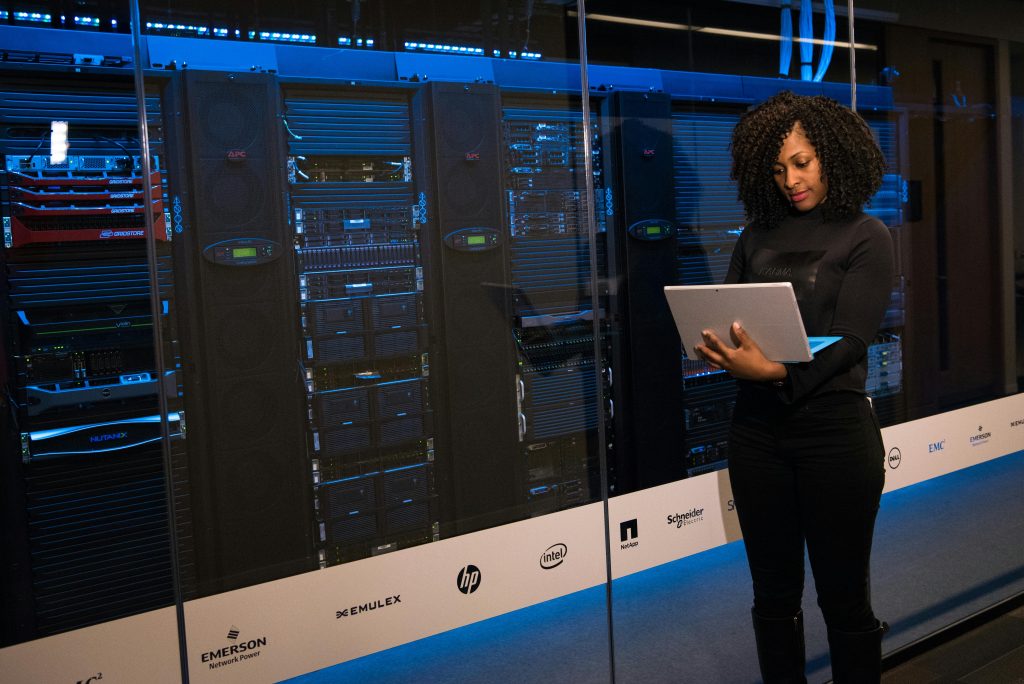With the explosion of connected devices and real-time applications, traditional cloud computing isn’t always fast enough. That’s where edge computing steps in. But what exactly is the difference?
Cloud computing relies on centralized data centers. Data is sent from your device to the cloud for processing and then returned with results. While this works well for many services, it can introduce latency—especially in critical use cases like autonomous cars, AR/VR, or industrial automation.
Edge computing moves data processing closer to the source—your phone, a factory machine, or a local edge server. This reduces delays and boosts speed. For example, a self-driving car can’t afford to wait for cloud responses to detect an obstacle. It needs real-time action at the “edge.”
Both technologies have their roles. Cloud is excellent for big data analytics, storage, and software deployment. Edge is perfect for real-time, low-latency tasks. The future will likely involve hybrid models where both work together. Businesses and developers should understand the differences to design better, faster, and more secure systems.



